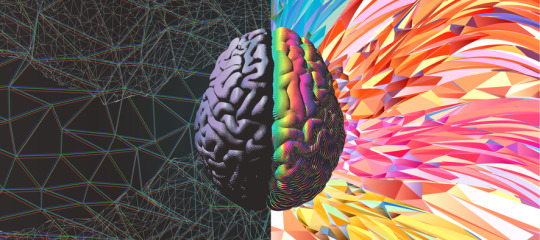
A new study argues that 50% of people are some shade of androgynous and that this gives them an advantage as far as psychological health goes.
Male brains and female brains.
Is there such a thing as a “male” or a “female” brain? Scientists have desperately scanned, dissected and mapped brains in order to see if there are any solid differences. Researchers have found some parts of the brain that seem to be different between men and women, but there are two important caveats:
These differences are only found on an aggregate level, so there are a lot of men with “female” structures and vice versa.
Moreover, scientists have never been able to fully document a causality between these brain differences and – let’s say – gendered behavior as reflected in interests, abilities, expressions and identities.
Men are not from Mars
One problem is that we have very messy and blurry notion of what it means to male or female, so the research becomes equally messy. Much of this research is based on culturally defined gender stereotypes, which are not fixed in biology in humans. Since culture and our ideas of the normative female and male behavior changes, the scientists are basically trying to hit a moving target.
One of the scientists who constantly talk about “female” and “male” brains is Simon Baron-Cohen. His own research shows that only half of women have “a female brain”, as he defines it. Yeah, right...
Contemporary science is gradually giving up on the idea that men are not from Mars and women are not from Venus. We are all from Earth.
The adrogynous brain
To give you a recent example: Barbara Jacquelyn Sahakian, Professor of Clinical Neuropsychology at the University of Cambridge, and her colleagues Christelle Langley, Qiang Luo, Yi Zhang and more, decided to use the connectivity between different brain areas as a measure of gender (as this kind of connectivity has been known to vary between men and women on an aggregate level).


